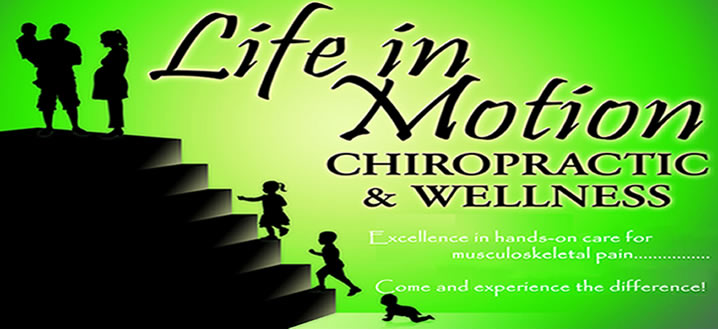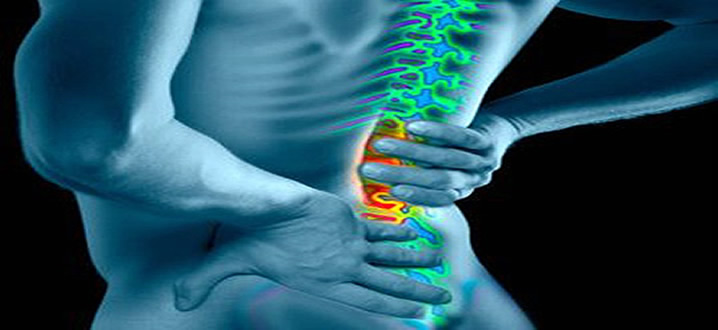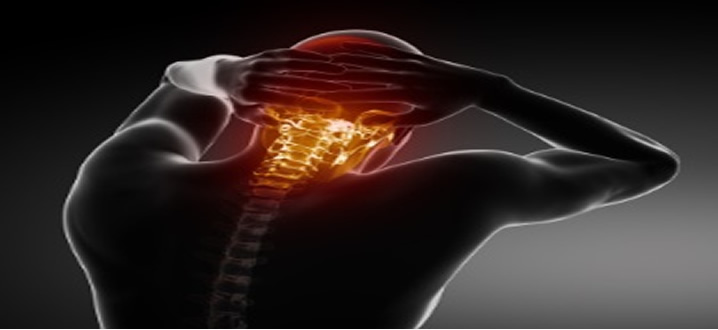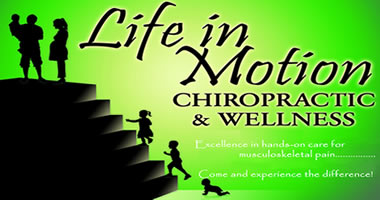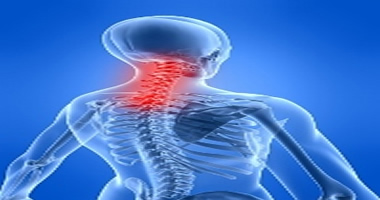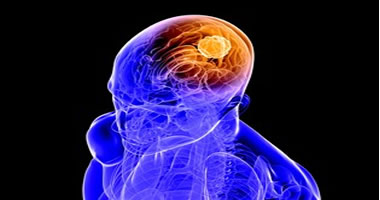What Causes Migraines?
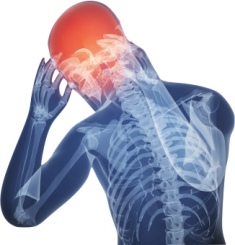 |
 |
|
| Pharmacologic Treatment of Headache - Get the Facts [Published on Mar 15, 2014] Discusses the overuse or misuse of analgesic medications. When pain medication wears off the person experiences a withdrawal reaction that perpetuates the desire to ingest more analgesics. The subsequent outcome is a viscous cycle of pharmacologically induced pain. We offer an integrative solution to headache pain. | ||
Headache has been a bane of humankind for centuries and one of the most common conditions that affects the nervous system. The universally accepted premise is that pain sensitive components of the head and neck are what elicit headache.1 It is estimated that 47% of adults will experience a headache at least once within the next year.2
In 1988, the International Headache Society (IHS) devised a uniform system for classifying headaches which has unequivocally aided headache research. However, the clinical application of this system is limited due to its length, intricate detail, contradictory elements, and lack of real-world observation and data.3 In fact the World Health Organization (WHO) admits that many people have their headaches inaccurately diagnosed by their health-care provider.2 An understandable fact when primary care physicians (PCP) only receive an average of four hours of instruction on headache disorders while in medical school.2
This statistic in no way indicates incompetence, just inadequate training with regard to headache. A comprehensible fact given the other more fatal pathologies a PCP must learn about on an intricate level.
This does, however, lead one to theorize that the prescribed drug treatments utilized to combat headache pain may be improperly applied due to the many coinciding symptoms of migraine and tension-type4headaches. Therefore these analgesics provide no lasting relief to the patient and out of their frustration to feel better easily leads to the development of a medication-overuse headache (MOH) .5
An integrative approach to headache pain is the most logical way to manage this epidemic given the reasons and biologic elements that contribute to it. According to the research, especially in the case of symptoms of migraine and tension headache symptoms , this may be the most successful strategy to help patients get rid of headaches.
Since what causes headaches is spine related, wouldn’t it make sense to have a physician who is specifically trained in spine related disorders be the hub of the diagnostic, management and treatment of frequent headaches. The doctors at Life In Motion Chiropractic and Wellness are trained Primary Spine Practitioners who can differentially diagnosis, rule out serious pathology, and provide evidence-based management for the majority of headache patients while also integrating that care with their already established healthcare providers.
Learn how to get rid of headaches ☜ HERE
| (1) Swenson, Rand and Grunnet-Nilsson, N. 2005. The Management of Headache. In: Haldeman, Scott, et al, eds. Principles and Practice of Chiropractic. New York: McGraw-Hill, pp. 999-1011 |
| (2) " Headache Disorders." WHO. Ed. WHO Media Center. World Health Organization, Oct. 2012. Web. 12 Mar. 2014. |
| (3) McKenzie, Robin, Stephen May. The Cervical & Thoracic Spine – Mechanical Diagnosis & Therapy. Raumati Beach : Spinal Publications New Zealand Ltd, 2006. Print. |
| (4) Most common type of primary headache . Its mechanism may be stress-related or associated with musculoskeletal problems in the neck . [World Health Organization] |
| (5) Most common type of secondary headache . [World Health Organization] |
